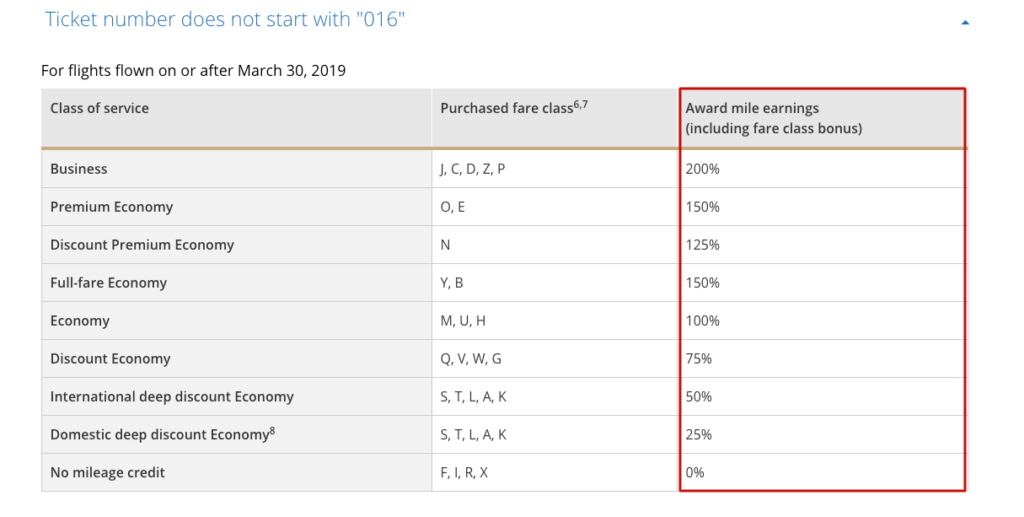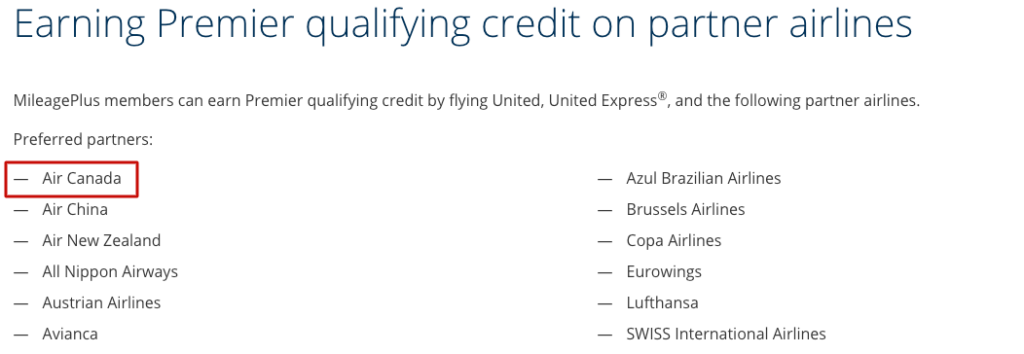Out with the gold, in with the blue…oops, wrong United press release. While United has had a plethora of changes this year including new liveries and new award charts (i.e. getting rid of them), the airline is unveiling yet another update — new ways to qualify for elite status.
United is increasing its revenue requirement across the board to earn United status (bad news). However, there is definitely a silver lining to all of these changes. The good news? Non-United Airlines tickets on partner flights will now count towards your status spending requirement.
This is a big change since before, partner flights only counted towards your United spending if purchased as a United-marketed flight. Even then, there was no possibility of a fare multiplier — what you spent was exactly what you’d receive in elite dollars.
United Is Changing How You Earn Elite Status
First, United is eliminating the old terminology and coming up with new ones. Goodbye to Premier Qualifying Segments (PQS), Premier Qualifying Miles (PQM), and Premier Qualifying Dollars (PQD). United said that was confusing and made this equally confusing-looking graphic to back that up.

United is simplifying how to earn elite status into two categories — distance flown is no longer one of them. Hello to Premier Qualifying Points (PQP) and Premier Qualifying Flights (PQF).
United Premier Qualifying Points (PQP)
PQP is essentially the new name for Premier Qualifying Dollars — how much you spend on your flights is what matters. PQPs will include the base fare of flights and also:
- Economy Plus seating or subscriptions
- Preferred seat purchases
- MileagePlus Upgrade Award co-pays
- Paid upgrades
- Flights ticketed and operated by our Star Alliance partners
The last bit is exciting since previously, tickets not marketed by United (that started with ticket number 016) did not count towards your way to earn United status. More on this below.
United Premier Qualifying Flights (PQF)
This one is pretty straightforward. Essentially, every time you take off and land is one flight — no more fare class multipliers and segment math. However, note that while basic economy tickets do count towards PQP, they do not count towards PQF.
How To Earn United Status In 2021
Now that we’ve got the old and new terminology out of the way, this is how much spending (and flying) you’ll need to earn United status beginning on January 1, 2020 for status year 2021.

As you can see, these are huge increases for dollars spent (PQP) across the board. While the segment requirement (PQF) has been slashed, you no longer have the option to fly a certain distance instead (the old PQM).
Instead, you can spend, spend, spend — and earn elite status solely through PQP. The only requirement there is that you have to have at least four United segments in the year.


The Key: How To Earn United Status On Star Alliance Partners (PQPs)
For PQPs, the spend requirement is going way up, but that may be able to be offset somewhat by flying on partner carriers.
United is offering something similar to how both Delta and American Airlines offer elite qualifying dollars based on a percentage flown with partners. In United’s case, it’s slightly different (and slightly more confusing, at least initially). Here’s how it works.
For partner flights not marketed by United (that don’t have a ticket number starting in 016), you’ll earn Premier Qualifying Points equal to the total award miles earned for the flight divided by 5 if you’re flying on a preferred partner and divided by 6 if you’re flying on another MileagePlus partner.
To determine how many award miles you’ll receive with a partner, navigate to the specific partner’s page on United’s website and scroll to “Ticket Number Does Not Start With 016.”
This is what the chart looks like for Air Canada.

Flying on a discount business fare “P” for instance? Great, you’ll earn 200% of your actual butt-in-seat miles flown. For instance, let’s say you purchased a one-way Air Canada “P” fare from Newark to Vancouver for $700. You’d earn a total of 4,858 United award miles (200% of the actual 2,429 actual miles flown).
Next, determine if that airline is a “preferred United partner” or just a MileagePlus partner. In this case, Air Canada is a preferred partner and you would divide your total award mile earnings based on fare class (above) by 5.
4,858 divided by 5 equals 971.6 which is what you’d earn in PQPs, or a multiplier of 1.39 (you spent $700 and got $971.60 in PQPs). A multiplier would not have been possible under the previous MileagePlus elite earning program.


Overall, earning PQPs on Star Alliance partners is most definitely not the most straightforward process and more confusing IMO than how Delta and American award their elite dollar spend on partners flown. However, there are much more lucrative multipliers out there and could be a way to game United status.
Bottom Line: The Only United Status Loophole?
Taking advantage of earning elite dollars (or points as United is calling them) on partners may lessen the blow to the huge increases in dollar requirements.
This is essentially another way to still mileage run to earn United status. That is, if you can determine and navigate the partners and fare classes to maximize your spend. There are certainly ways to do that, especially with premium fare deals where it may be possible to earn a hefty multiplier in PQPs.
Our affiliate partners at Juicy Miles can guide you through any status or mileage runs when the time comes, or to even help you qualify with the “old” MileagePlus program for 2020.
There’s no question that increased spend requirements is not good news for people already struggling to hit the previous year’s numbers. However, there now be ways to mitigate that somewhat by earning with partners. It will certainly take some patience and thinking whether it’s worth it to chase status.
The responses below are not provided or commissioned by the bank advertiser. Responses have not been reviewed, approved or otherwise endorsed by the bank advertiser. It is not the bank advertiser's responsibility to ensure all posts and/or questions are answered.
2 comments
Kind of a clickbait article. Would be better to show examples instead of one: Air Canada. For instance routes that can instantly give you status, like Singapore airlines roundtrip from NJ to Singaport
Sounds like it will be better to fly partner airlines (some have a better product anyway) than on United for status. They should call it a disloyalty program then….